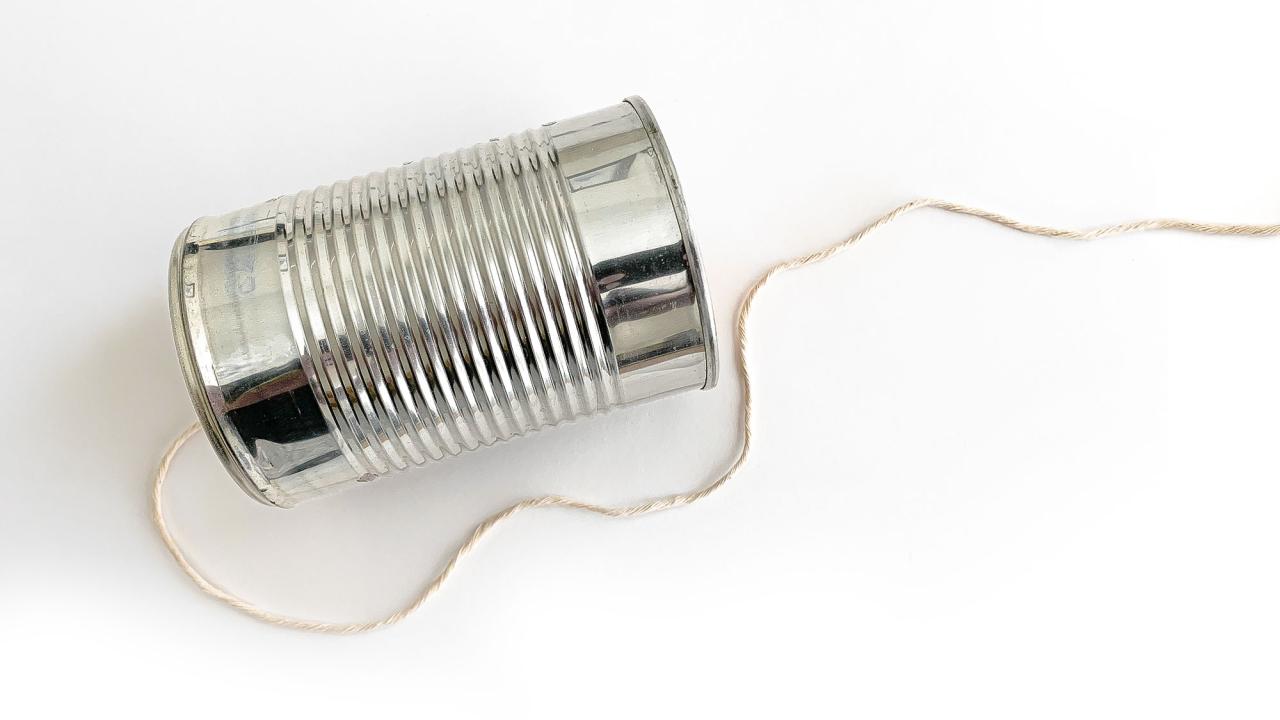When Ben Young Landis ’03 was a student at UC Davis, he had a passion for science and a knack for storytelling — but he didn’t know how to combine those interests.
“Talk of science communication wasn’t prevalent,” said Landis. “It wasn’t spoken in the same breath as academic development and technical training. But that has changed.”
Over the past two decades, the science communication field has grown as modern scientists aim to share their science with a wider network — including the general public. Members of the UC Davis community — including faculty members and alumni — are part of an increasing number of science communicators who are carving out new roles in academia, industry and journalism. They have been working steadily to represent the scientific point of view in accessible articles, at live events and online.
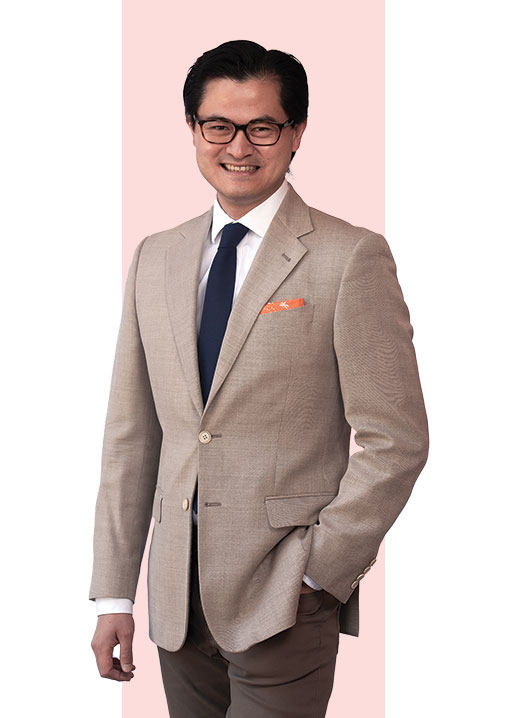
In fact, public confidence in scientists has increased in recent years, according to the Pew Research Center. A 2019 survey found 35 percent of Americans had a “great deal” of confidence in scientists, up 14 percent from 2016.
And then the pandemic hit.
The need for trustworthy, science-based information came to the forefront. Science communicators were thrust into a global conversation about public health and medicine. The general consensus remains: Science is important. And if the public can better understand scientific consensus then they have crucial tools for informed decision-making. Enter the science communicator.
Scientist as storyteller
In 2013, Landis co-founded Capital Science Communicators to connect practitioners in the Sacramento region with resources and a network for professional development. He runs an independent science communication consulting business and leads trainings for scientists to learn to communicate in an engaging way.
“Those of us who come from a scientific discipline are starting to realize that we can’t exist in a vacuum,” said Landis, who majored in evolution and ecology and holds a master’s degree in environmental management, environmental economics and policy. “The process of science is nothing without societal applications.”
UC Davis, too, is embracing efforts to step outside of academia. Though one-time trainings have been available to faculty for some time, a new series of five workshops will start this fall.
Alexandra Colón-Rodríguez, a postdoctoral scholar in the College of Biological Sciences, developed the workshops for faculty members as part of a partnership with UC San Diego and the Gordon and Betty Moore Foundation.
The goal, she said, is to close an information gap between scientists and the general public.
“It’s more important than ever to be conscious about our audiences,” she said. “Not only are they not scientists, but misinformation spreads so quickly.”
In March, to combat the spread of misinformation about COVID-19, Autumn Labbe-Renault ’89 added a new job to her list of duties as executive director of Davis Media Access. As a community media center, Davis Media Access was perfectly poised to host a new radio program.
A half-hour show, The COVID-19 Community Report, aired live on Tuesdays and Fridays starting in March, and moved to weekly in June. Labbe-Renault, a former newspaper journalist, produces and hosts. Guests have included county public health officers and virologists and epidemiologists from UC Davis.
“The guiding impulse was how can we help people? And how can we use media to do it?” she said. “I’m a great fan of storytelling, and I see it as part of our mission.”
Delving in
Breaking into science communication usually requires a willingness to ditch the jargon, tell accessible stories and connect with the public. An understanding of the challenges also helps.
Kirsten Sanford, ’96, Ph.D. ’06, may be better known as “Dr. Kiki.” As host of the radio show and podcast This Week in Science, she’s been talking about everything from stem cells to space exploration on the air for 20 years.
This Week in Science now airs online and is rebroadcast by KDVS. Altogether, the show boasts more than 65,000 listeners each week.
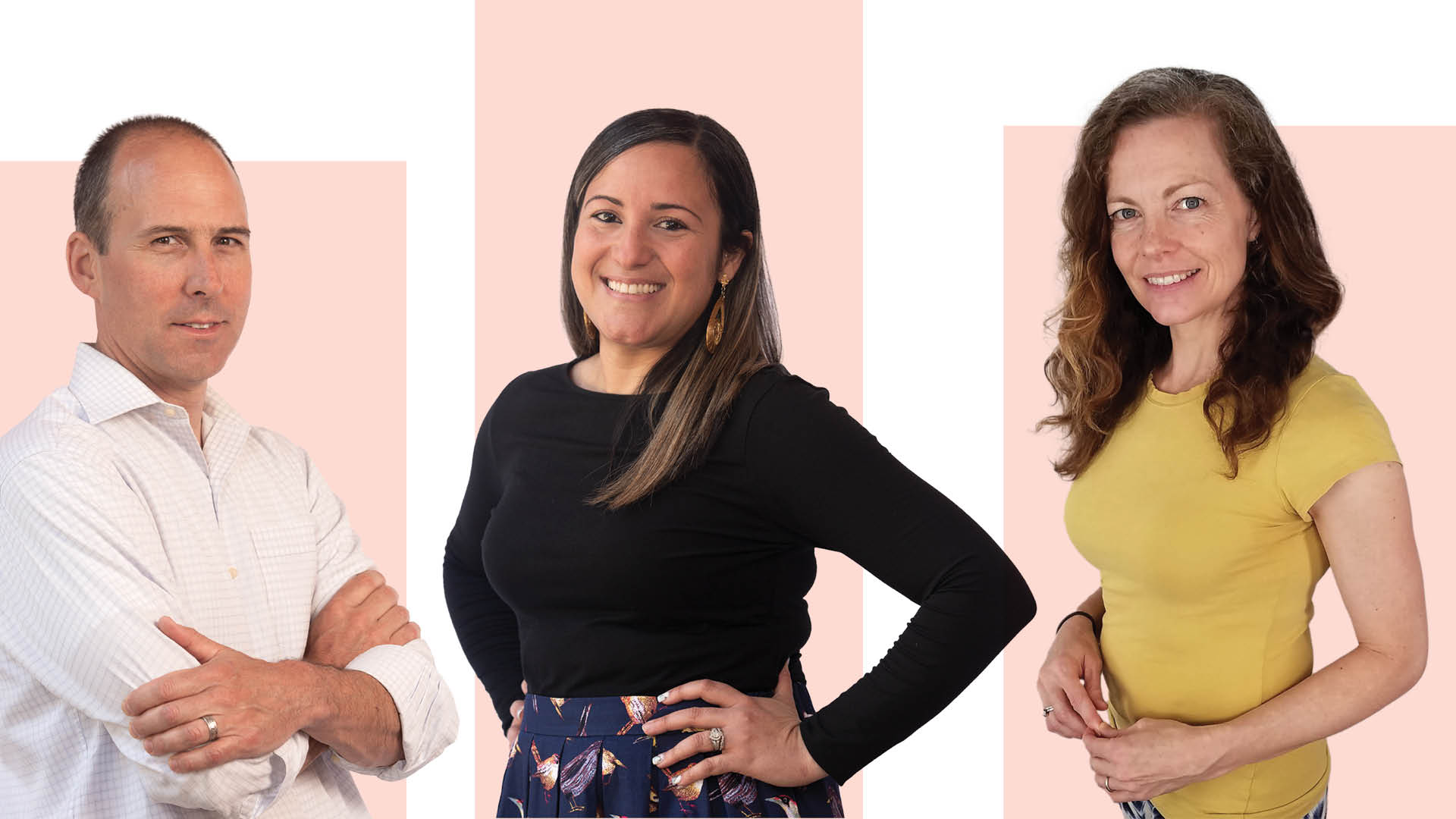
Sanford’s philosophy is to build on what is already familiar to people, acknowledging that science is difficult.
“Not everybody is going to be interested in everything, but you can find the things that people are interested in and use that as a way to introduce them to science,” she said. “We have to break down perceptions that people aren’t interested. There are a lot of very interested people outside of the sciences who are curious and want to know things.”
For Benjamin Houlton, former professor of global environmental studies and former director of the John Muir Institute of the Environment at UC Davis, opening himself up to criticism was difficult at first.
“I realized I imagined myself talking to my staunchest scientific critics,” said Houlton, who is now dean of the College of Agriculture and Life Sciences at Cornell University. “So I approached it in a conservative and calculated way. As soon as I started to overcome that obstacle, I started to outgrow that almost self-centered perspective into one that was more about outreach.”
Crystal Rogers, assistant professor in the School of Veterinary Medicine, added that she actively tries to “balance being a human and being a scientist.” As a developmental biologist, she has a colony of axolotls in her lab that she breeds and observes. The critically endangered amphibians — inspiration for Pokémon characters — have become a favorite way to share her work.
“People think they are adorable, and I realized this is a really good way to get people engaged in my science,” said Rogers, who regularly shares the antics of Chonk, the axolotl who is easily double the size of his siblings.
“I would say he’s gained me 250 to 500 Twitter followers because he’s cute and ridiculous,” Rogers added.
Social media minefield
In the news-driven landscape, social media has proved to be an important outlet for communicating science.
A 2017 Pew Research Center survey found most social media users in the U.S. reported seeing science-related posts and a third considered it an important way they get science news.
Notably, in the current environment, Facebook is the most used platform for up-to-date news about coronavirus, with 47 percent of U.S. consumers using it that way, according to a March 2020 report by market research company GlobalWebIndex.
Messages can easily be seen by multitudes of people. For example, Bill Nye the Science Guy has 6 million followers on Twitter. His posts get retweeted hundreds, if not thousands, of times. But such a following also means crafting a message for a specific audience is next to impossible.
Sanford acknowledged that any message can be misconstrued — or attacked.
“You can hope to reach your audience, and you can do what you can to put the messages you want out into the world, but once it’s out there, there’s not much you can do about where other people take it,” she said. “But if you’re willing to wade into the quagmire, I think it’s also important to be willing to go to uncomfortable places and try to have conversations.”
“Getting your name out there” has its own benefits, added Rogers. With her willingness to interact through social media, she said she has met collaborators, recruited students and received opportunities to give talks.
A 2018 study by researchers in Alberta, Canada, even suggested that science communication through social media was positively associated with more citations for scientists’ scholarly work.
Aside from personal benefits, reputable scientific profiles can help society counter the effects of unproven or irresponsible claims.
The human element
Of course, social media is not for everyone.
Some science is best presented in a live public forum. Acknowledging this, in 2012, Jared Shaw, professor of chemistry, started the Davis Science Café as a monthly public enrichment event. Science cafés are usually held in pubs or coffeehouses, where audiences engage in lively conversations with scientists.
“The main reason to do it is to demystify basic research,” said Shaw, recognizing the work typically done with a government grant to ask fundamental questions about how and why things work. “It’s sometimes the hardest research for the general public to understand, because they like an immediate application — a cure for cancer or a new energy source. But that cure for cancer or energy source is built on decades of basic research.”
Davis Science Café topics have included the chemistry of cannabis, tea as a global crop, sea level rise and coral reef ecology. The directive: Approach it like a conversation.
“I coach speakers pretty carefully,” said Shaw, who is also the event’s regular host. “Communicate why people should care — why this is important to society.”
The event went on hiatus when the pandemic necessitated limitations on social gatherings in March. Now, Shaw said he is considering a virtual event — with an eye toward resuming business as usual when it is safe.
A need for inclusivity
Good science communication can also break down barriers for different cultural groups.
For some scientists, that means telling their personal stories in their science communication or increasing accessibility.
Colón-Rodríguez grew up in Puerto Rico. In college, for personal reasons, she sought to learn more about the brain, eventually leading her to pursue a Ph.D. in neuroscience. She also developed a keen interest in outreach to other potential underrepresented minority scientists. At UC Davis, she regularly translates science communication into Spanish.
“My motivation has been to show that science is cool from somebody who, for a lot of people, doesn’t look like a scientist,” she said. “And maybe I can motivate the next generation.”
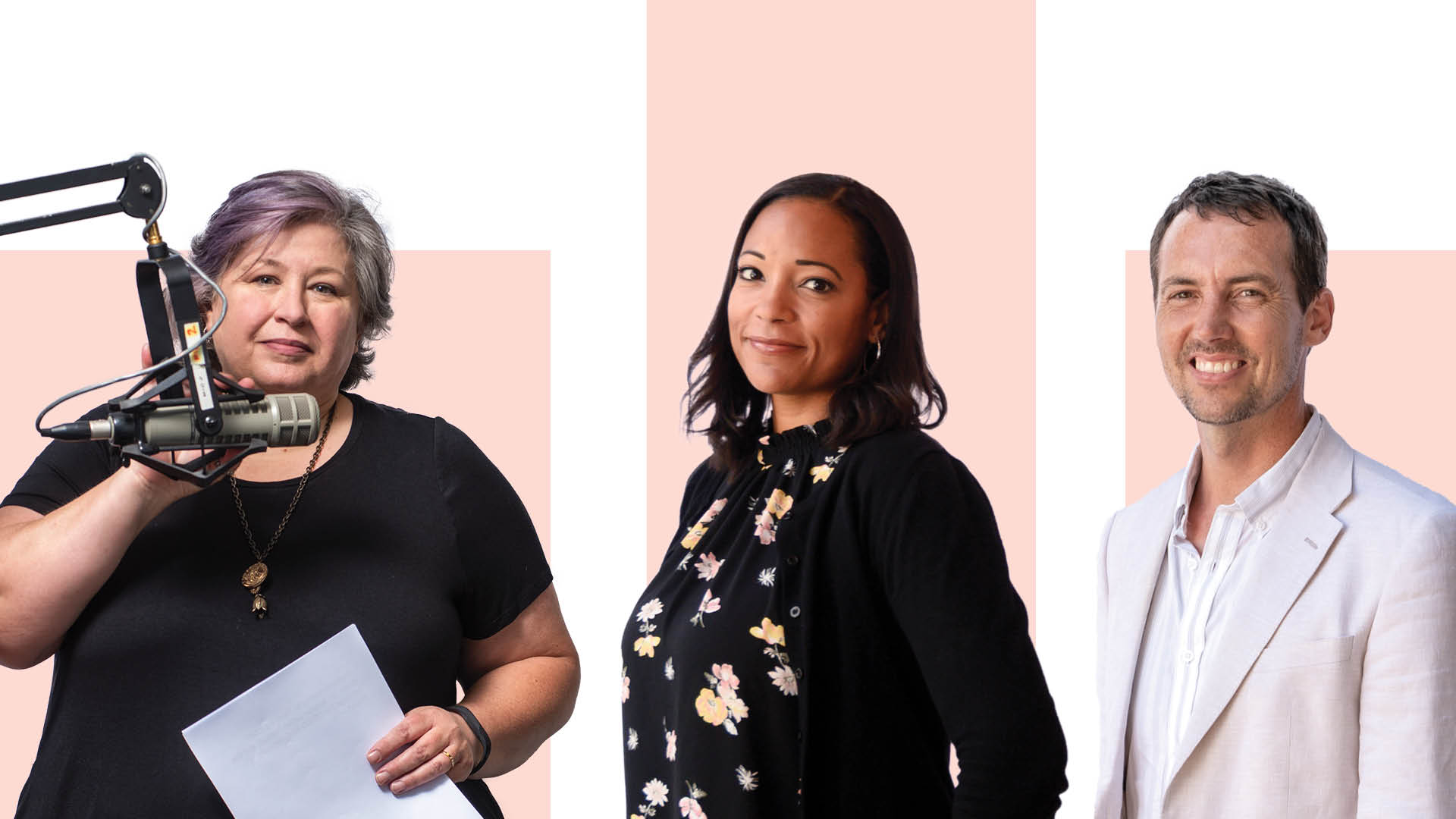
Rogers, too, said representation is vital. Black college professors number 6 percent nationally, according to 2017 statistics by the National Center for Education Statistics. As a result, Rogers said her public persona makes a discernable difference.
“There are a lot of students out there looking at this career path, asking, ‘do I fit?’” she said. “I think it’s really important to get out there and show them I am here. I can do it, and you can do it, and you belong here.”
There are challenges, she added.
“The hard part is trying to stick to just science, when you are in fact a human being doing the science,” Rogers said.
When the national conversation on race heated up this summer, she had to make the decision about whether to get more personal publicly. With the support of her colleagues, she began to communicate about social justice issues that are important to her.
“I just have to be me and bring that along with my passion for science,” she said.
Science versus politics
Today, many scientific issues are viewed by the public through a political lens. However, many other factors play a role in how people form their attitudes and beliefs, including generational gaps, religion, background and geography.
As a climate scientist, Houlton has years of experience talking about a hot-button issue. He has also refined his approach to talking about climate science.
“If you talk about the core values that we hold dear, it opens the opportunity to maybe start sifting through information that might not fit with someone’s political ideology,” Houlton said.
“Politics are inherently about division, whereas values are about unifying people.”
Science and politics are so linked in the public mind because much of American basic science is funded by the government. Politicians can make allocation decisions.
To Shaw, that’s a good reason for sharing the work, as well as the potential impact of the work. In fact, he gave a talk at the Davis Science Café on scientific funding.
“Why is it important that your tax dollars flow to researchers at UC Davis to run experiments?” said Shaw. “It’s important that people see the value in continuing to have our professors receive federal grants for conducting research.”
With the conversation heating up around coronavirus, UC Davis experts expressed hopefulness for making a positive impact. Science can inform political decisions, and the public has a demonstrated desire to understand science.
“We have a visible fight against institutions and communities that have an active agenda to deny science. That is very sobering,” said Landis. “But if we can focus on the core philosophies and the core craft of science communication, if we can get people to care about science one person at a time, then we can do this.”
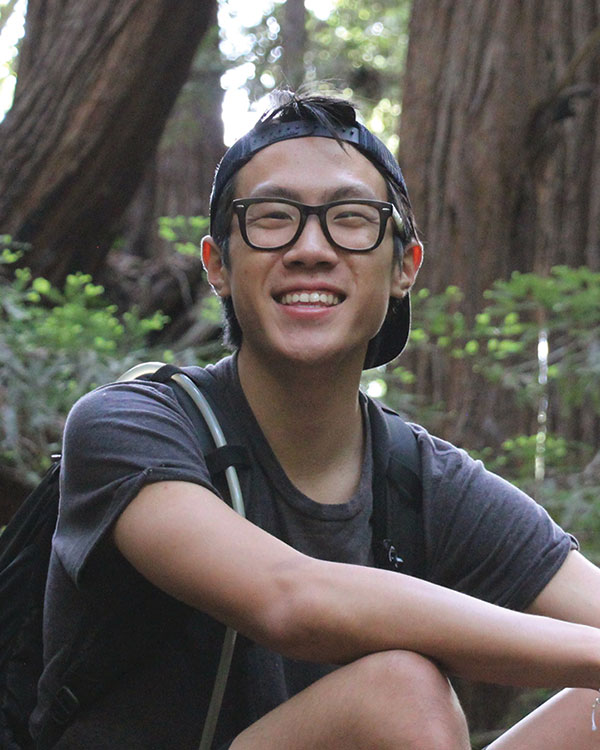
Student SciComm-er
UC Davis wildlife, fish and conservation biology student John Liu knew he was interested in outreach even before he heard the term science communication. He launched a series called #WhyISci on Twitter to dip his toes into the field. Using Tweet threads, Liu features different scientists and students, along with their backgrounds and interests. He said he hopes to accomplish two goals: increase exposure for scientists in the BIPOC (Black, indigenous, people of color) community and create a space for their personalities to shine along with their work. “I also just really wanted to talk to a bunch of people. It’s a good excuse for me to have a conversation with them about what they’re doing,” said Liu, who is going into his fourth year. The #WhyISci series is helping him develop his style of storytelling and show his passion for science. After he graduates, he said he’d like to pursue science education. “In college I’ve been exposed to more and know more about research, and I realized I gravitate more toward the human side of things,” he said. “I like interacting with people and sharing what I learned in classes with my family and friends.”
